What's the best way to light a fire pit? Our experts show you how
With our expert advice on how to light a fire pit, you'll be able to cozy up your patio or deck quickly and safely

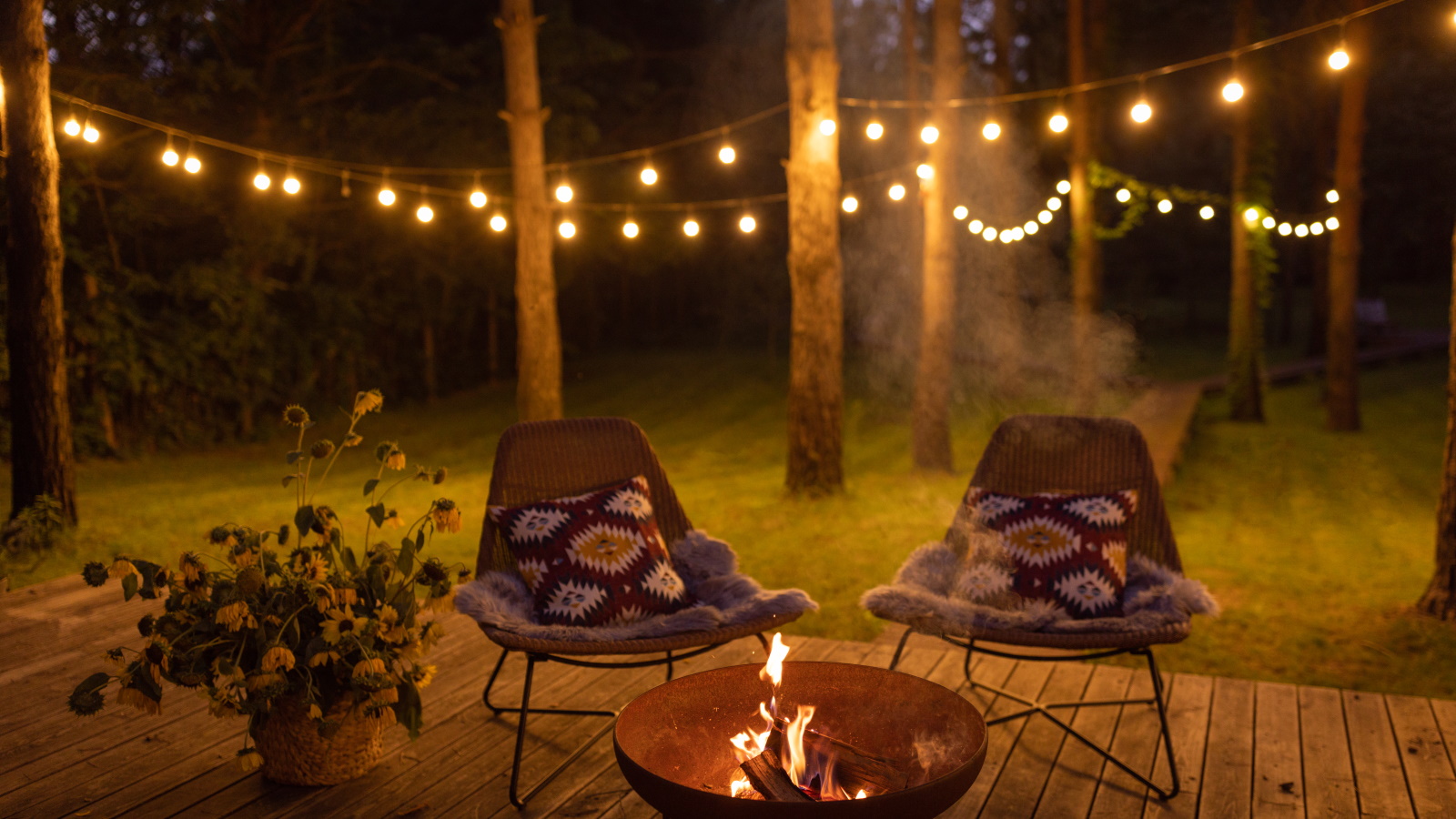
Understanding the best way to light a fire pit properly is crucial if you have one of these must-have features in your backyard. It's a task that can be trickier than expected, but once you've got the know-how, you'll be able to whip up a crackling, cozy fire in no time.
Bringing fire pit ideas into a garden is becoming increasingly popular, and it's to no surprise. A fire pit design offers an instant focal point to a patio or deck, plus they provide the perfect social hub when entertaining alfresco. And there are tons of stylish designs to choose from, including chimineas and rustic fire bowls.
Whether you already have a fire pit, or you're thinking about buying one to upgrade your plot, our advice will come in handy for a safe and snug fire, every time.
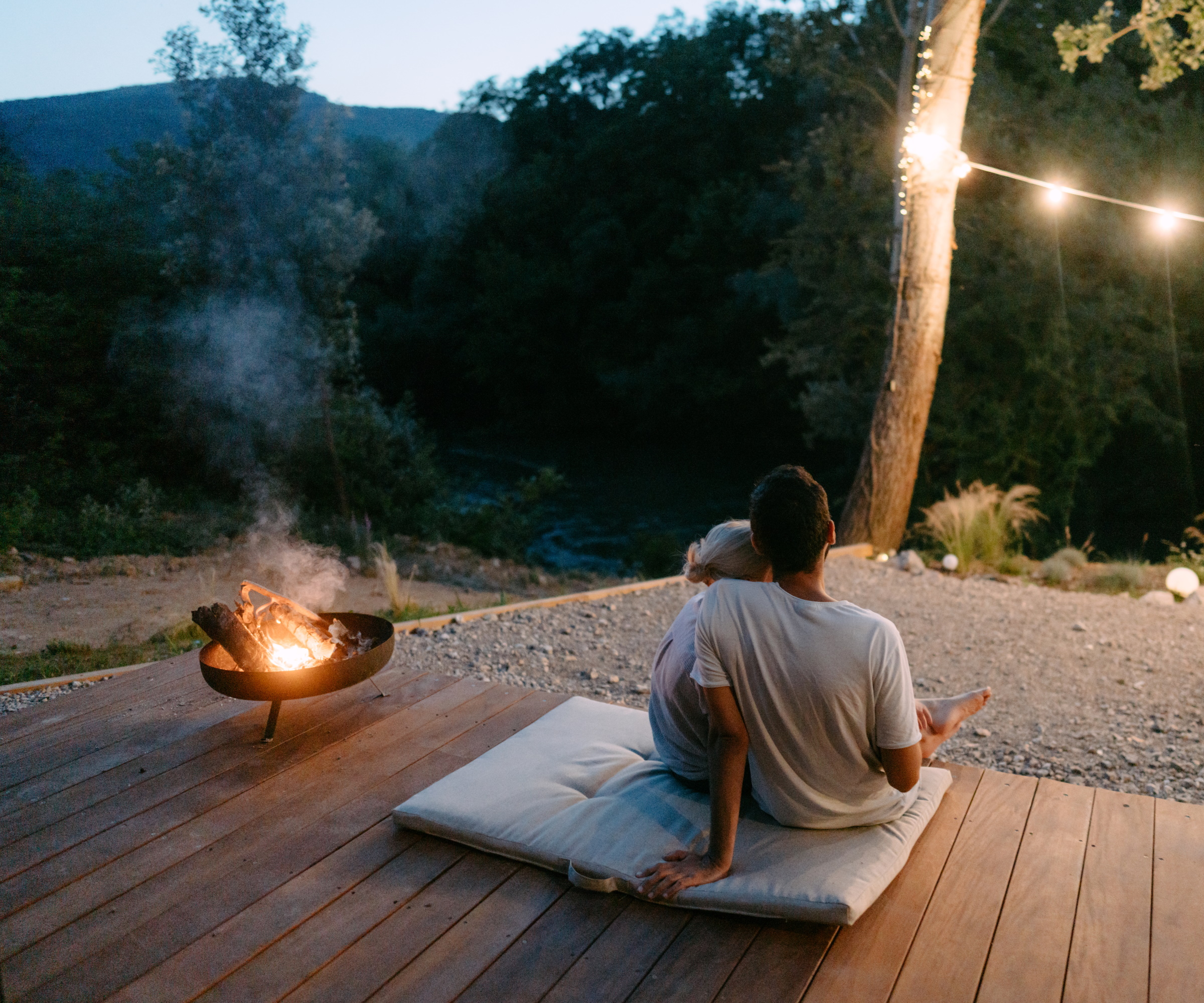
6 pro steps for the best way to light a fire pit
Picked your favorite design from our round-up of best fire pits? The next step is learning the best way to light a fire pit – and these tips make it simple.
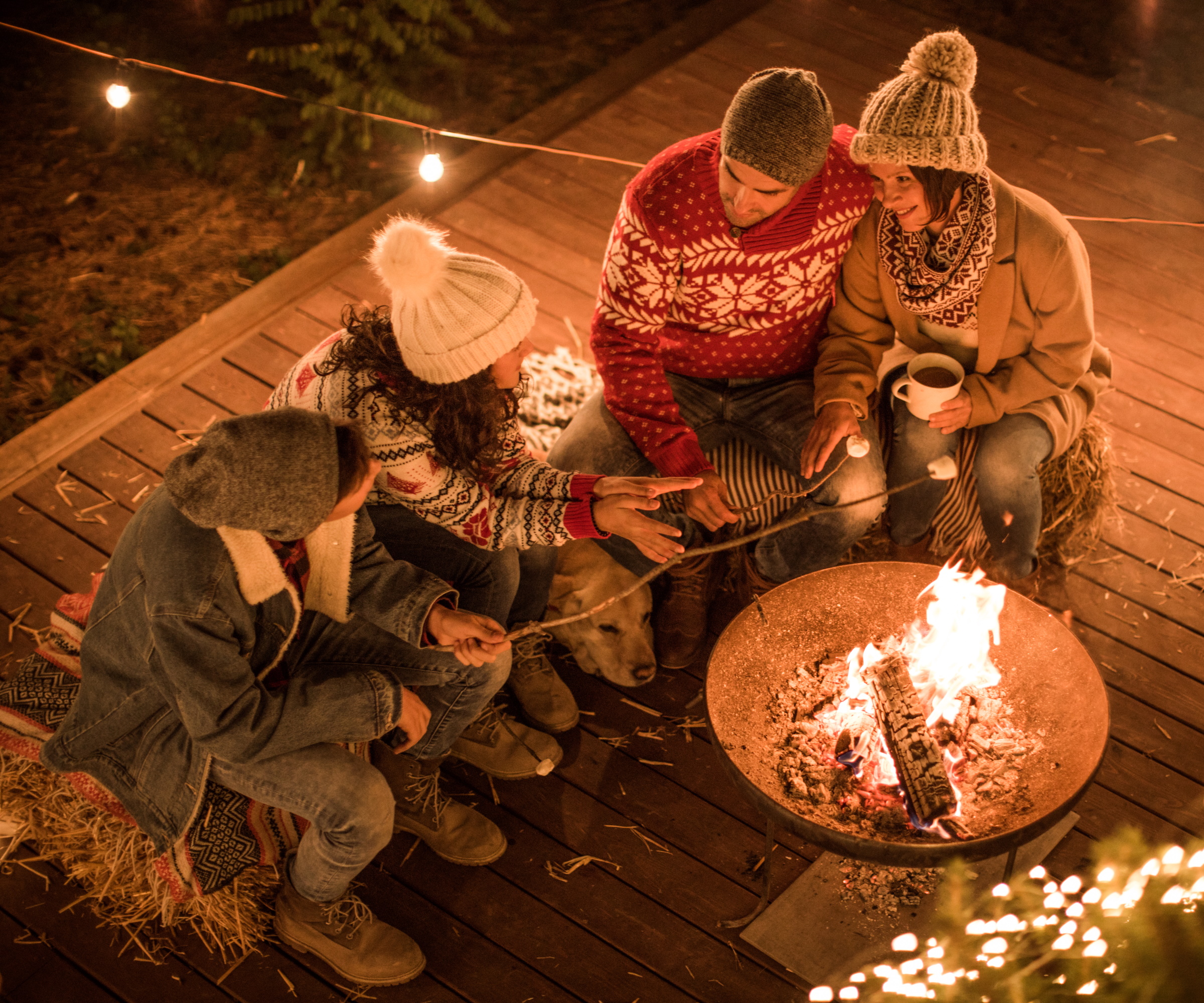
1. Consider the best position for your fire pit
Before you light your fire pit, you'll want to make sure it's in the optimal position on your plot.
Consider which way the wind is blowing, so that smoke doesn't blow into your guests' faces or straight into any open windows of your home (or your neighbors', for that matter). Of course, safety is a priority, so ensure it is well away from any flammable objects, such as outdoor furniture or overhanging branches.
Also, be aware of what your fire pit is placed on – again, ensuring it is non-flammable. Investing in a fireproof mat, available on Amazon, can be a good idea to protect it against potential damage.
Design expertise in your inbox – from inspiring decorating ideas and beautiful celebrity homes to practical gardening advice and shopping round-ups.
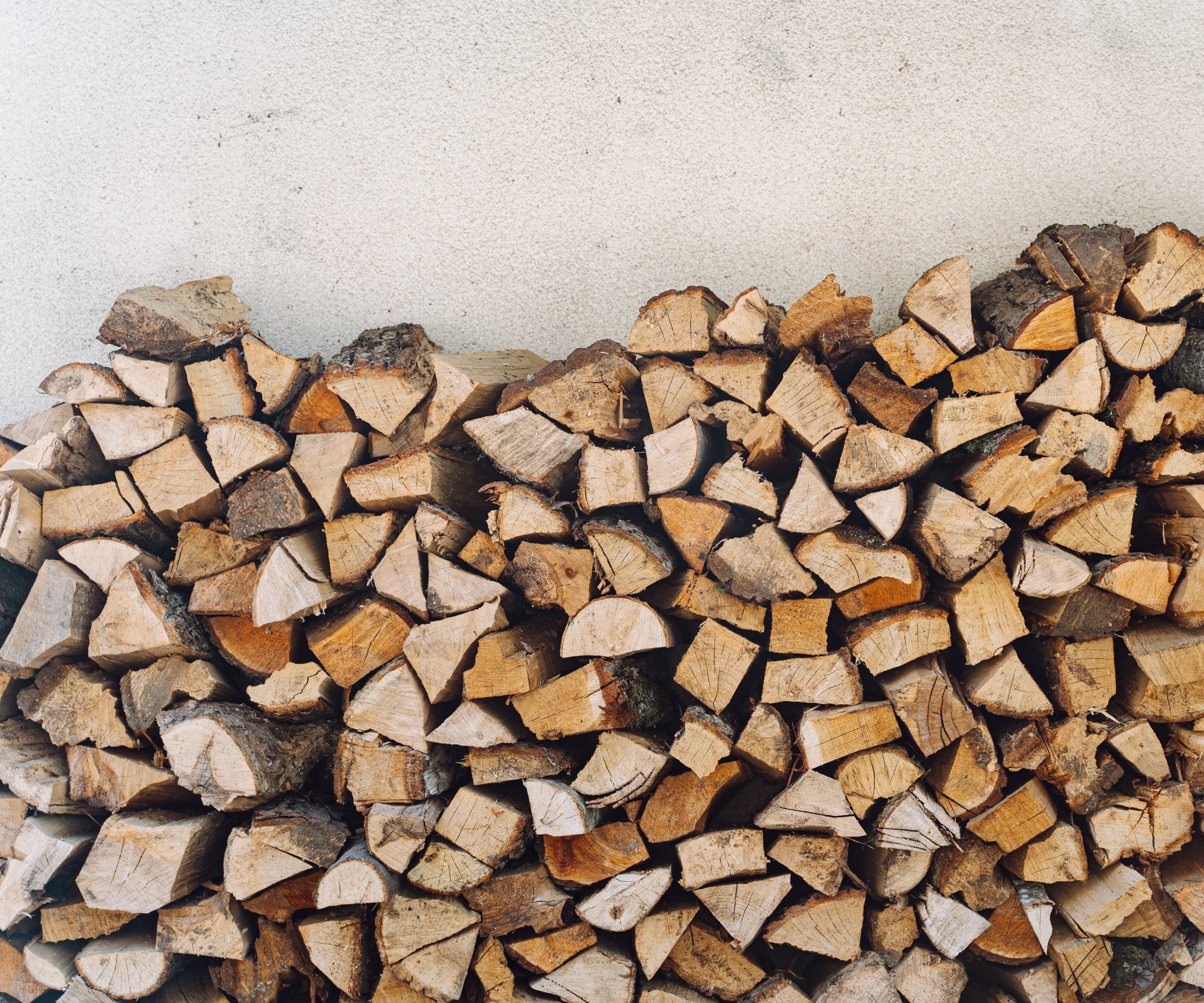
2. Use the right wood
Choosing the best wood for fire pits is a very important factor in getting the optimal burn. Generally, hardwoods are favorable as they have a slower burn and tend to spit less.
'Using hardwood like oak, hickory or maple is generally the best for a long-lasting fire,' says Bryan Clayton, CEO of GreenPal. 'They produce more heat and less creosote compared to softwoods. 'Using wood that's not properly dried will make your fire smoke excessively and can be hard to light in the first place.'
Ideally, your fuel should be well seasoned with a moisture content of 20% or below. There are lots of stylish log store ideas you can try to keep it in good condition and ready to use.

Bryan Clayton is the CEO of GreenPal, an online marketplace for landscaping services. Bryan has over two decades in the landscaping industry. Prior to founding GreenPal, Bryan started Peachtree Inc., a landscaping company in Tennessee.

3. Choose your firelighters
Reaching for a pack of chemical firelighters may seem like the obvious approach, but there are eco-friendly alternatives you can try – particularly beneficial if you're learning how to cook on a fire pit and want to avoid using the toxic chemicals around your food. These are usually made with wax, wool, and wood. For extra sustainability points, look for types made from recycled materials.
For a quick DIY approach using materials you may already have, try lightly coating balls of cotton wool in petroleum jelly. Some people turn to scrunched-up pieces of newspaper, too, but this can be trickier as it burns very quickly.
If you've got a bit more time on your hands, you can make homemade firelighters by tying small pieces of string around pinecones and then dipping them in melted candle wax – these can also make lovely gifts.
Safety is key here, which is why you should never use any flammable liquids like gasoline or lighter fluid to ignite your fire pit, says Jeff Flynn, a Denver-based firefighter and Outreach Coordinator at Homes for Heroes. 'Instead, opt for safer alternatives such as small pieces of wood (kindling) or commercially available fire starters. Be sure to use a long-reach lighter or match for additional safety when lighting the fire pit. This reduces the risk of dangerous flare-ups during ignition.'

Jeff Flynn is a Denver Fire Chief, and a Hero Outreach Coordinator at Homes for Heroes, an organisation which helps current and former firefighters (and other professions) buy and sell their homes.
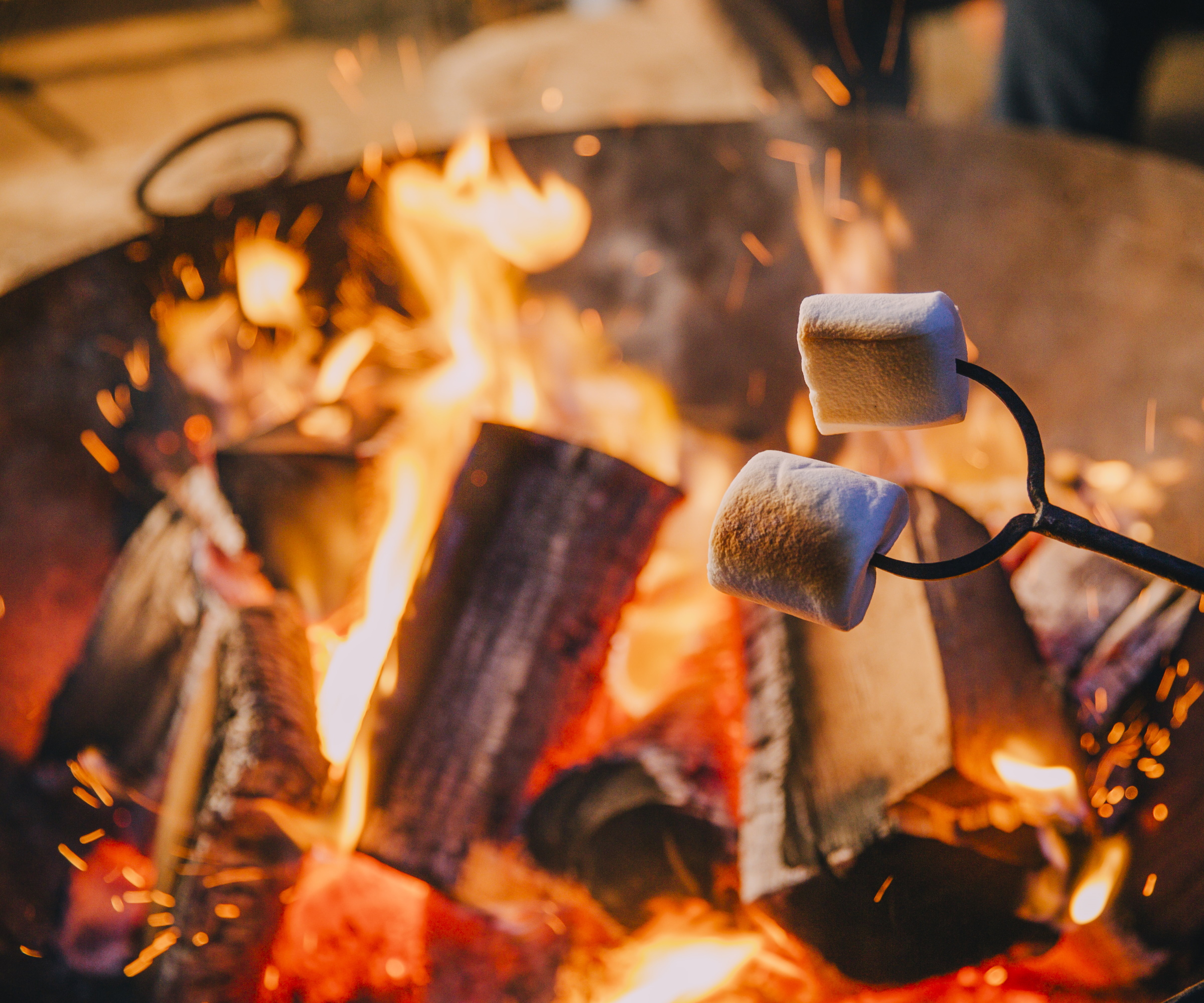
4. Build your fire's structure
As well as logs and firelighters, you'll need some kiln-dried kindling. A bundle of 6–8 sticks should be enough. Lay them on the base of your fire pit, stacking them into a square shape with a gap in the middle where your firelighter will go.
Then, surround the kindling with some of the smaller logs, laying them at a vertical angle to create a tipi shape.

5. Light it carefully
When your base structure of kindling and logs is in place, carefully light it using a long match or firelighter tool. Wait until the kindling and logs are well lit before adding any further fuel.
If you're using your fire pit as a focal point for your garden party, you could light it about an hour before your guests arrive to make it easier to manage.
Remember to closely supervise any children or pets near a fire pit, and never to leave it unattended. It's also wise to keep a bucket of water or a fire blanket such as these from Amazon nearby in case of any accidents.
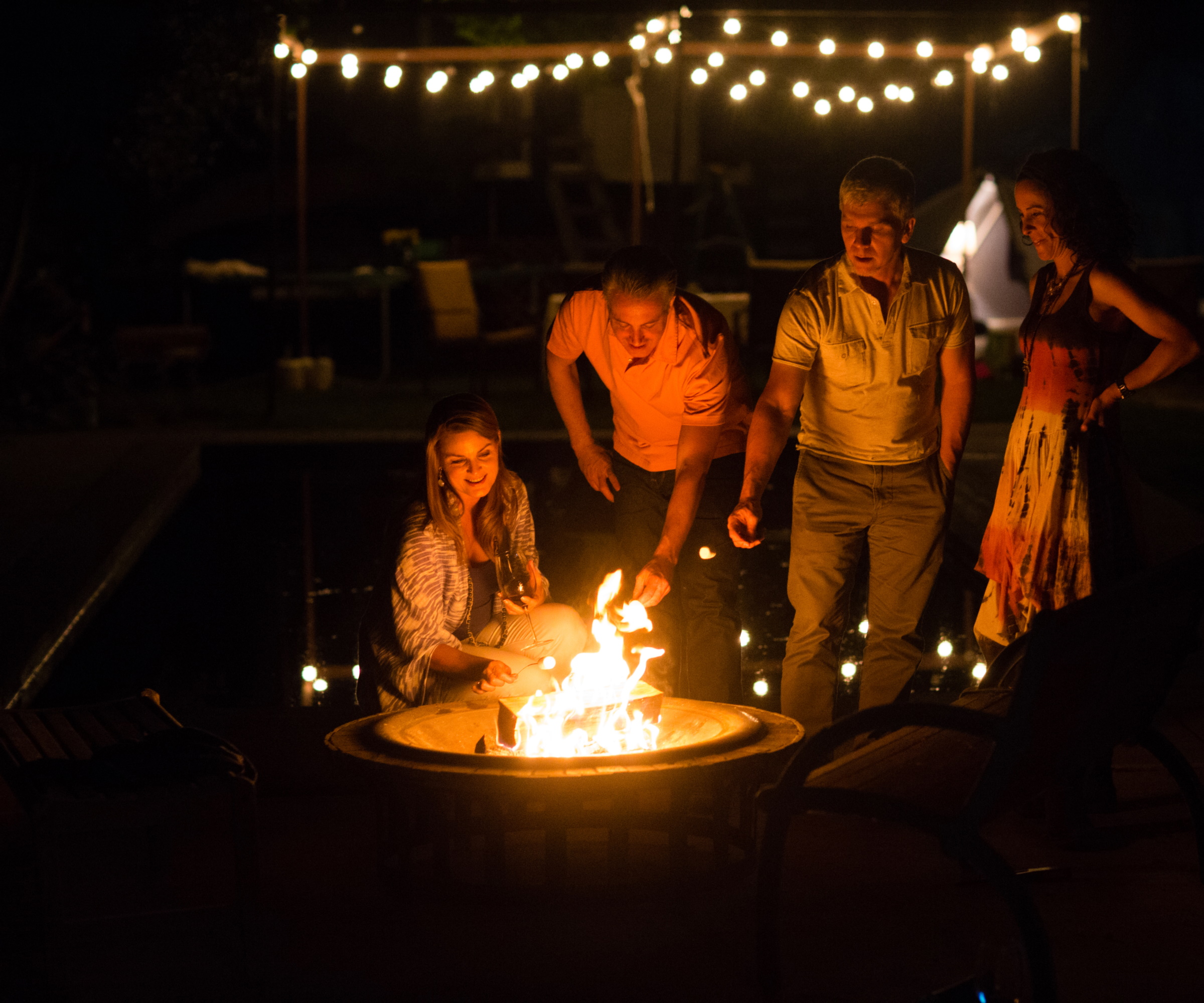
6. Keep it topped up
Once your fire pit is lit, it's time to sit back, relax, and enjoy that cozy glow.
You can keep it going long into the evening by adding extra logs – just a few at a time. Try to avoid allowing the structure to collapse when doing so, as you'll want to encourage plenty of airflow for a good burn.
When you're finished with your fire, be sure to extinguish it safely. 'When you're finished with your fire pit, don't just walk away,' says Jeff Flynn. 'Carefully extinguish the fire by pouring water over the embers and stirring them around to ensure they are completely out. Repeat this process until the ashes are completely cooled. Leaving hot coals unattended poses a dangerous fire risk.'
Alternatively, use a special fire pit snuffer like this one available at Walmart, or throw on a few spadesful of dirt or sand. Be sure it's cool and completely out before touching the ashes or leaving it unsupervised.
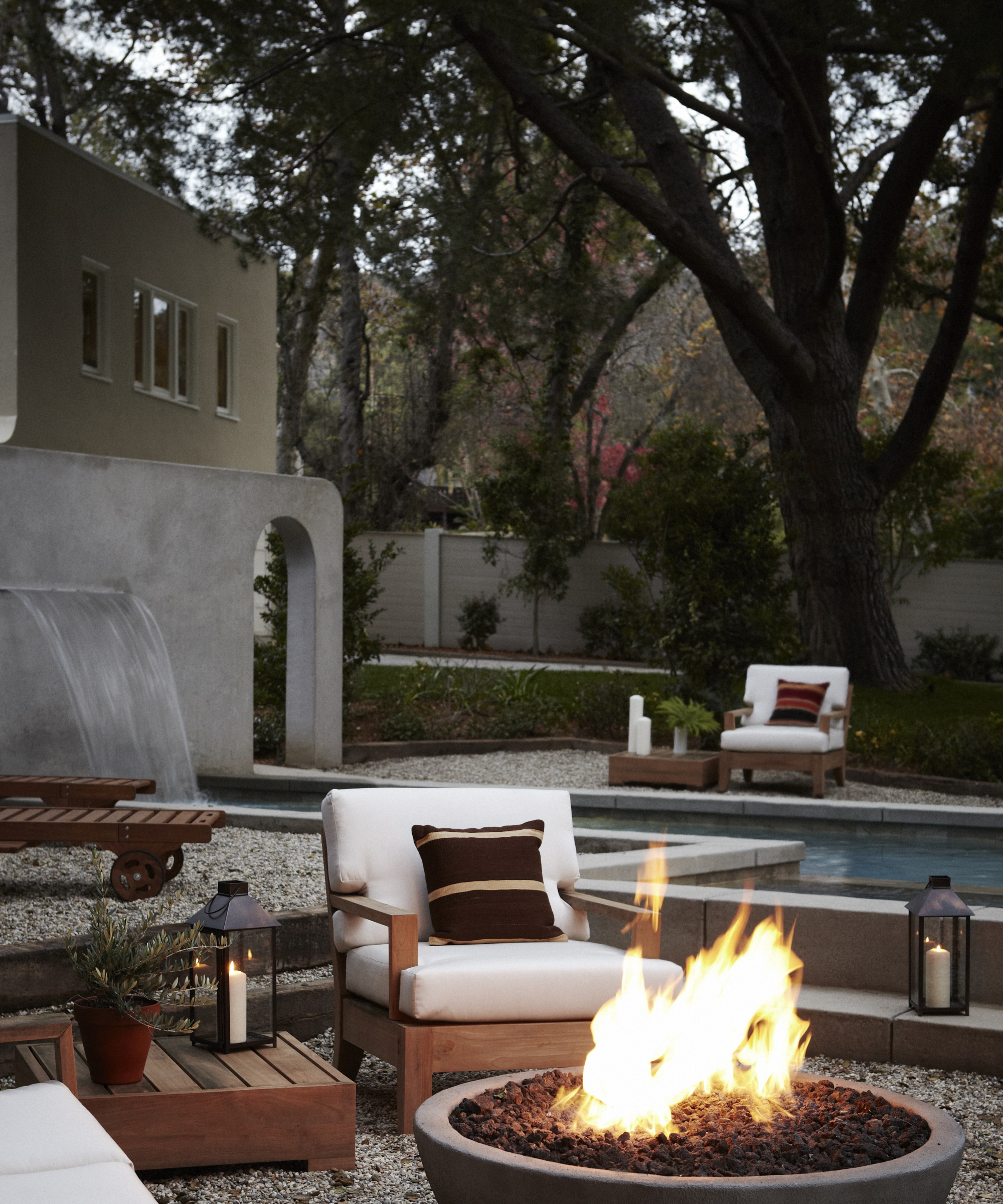
FAQs
Why won't my outdoor fire pit stay lit?
There could be a few reasons why you're struggling to keep a decent fire going in your fire pit. Check that the logs and kindling you're using are dry. The fire pit itself should be dry too, before you start your fire.
How you arrange your firewood is also very important in keeping your fire ablaze. A tipi-shape structure will allow it to get enough oxygen. Adding too much fuel at one time, or allowing the structure to collapse, can smother the flames and cause it to die out quickly.
Adding a fire pit to your back yard, deck or patio is a great way to start designing an outdoor living space, plus if you opt for a high end design they can also make your back yard look more expensive. Now you know the best and safest way to light a fire pit, you can look forward to many a cozy outdoor evening entertaining with family and friends.

Holly started writing about gardening five years ago, and she is a regular contributor to Homes & Gardens. She has also written many gardening features for Woman & Home and Real Homes, too. She has previous experience as a professional gardener, where she helped to plant and maintain private gardens. Holly has also looked after allotment plots over the years and loves to grow her own flowers and veggies from seed. In her spare time, she enjoys visiting local gardens, botanical drawing, and tending to her ever-growing collection of houseplants.